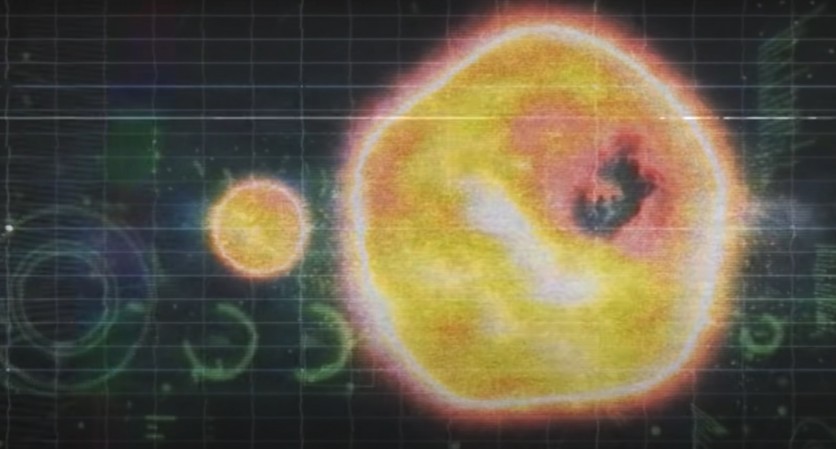Through a SPHERE instrument, scientists observed Betelgeuse's Great Dimming. This is when the red supergiant star's brightness diminishes. This is not the first time that it happened as from November 2019 to March 2020, the star has undergone a dramatic dimming of its brightness.
In February 2020, the visual brightness of the Betelgeuse reportedly declined to 1.6 magnitudes. This time, the astronomers have discovered that the dust cloud is slightly hiding the big star and this answers the questions that led to the emergence of the Great Dimming.
Astronomers Used SPHERE to Monitor Betelgeuse's Great Dimming

The study entitled "A dusty veil shading Betelgeuse during its Great Dimming" was published on Nature.com on Wednesday, June 16. The team behind the discovery of the supergiant star's dimming is the KU Leuven's Institute of Astronomy together with the team leader Dr. Miguel Montarges from the Observatoire de Paris.
Using the Spectro-Polarimetric High-contrast Exoplanet REsearch (SPHERE) instrument, the researchers were able to sight the surface of the big star. Moreover, the monitoring process in the dimming scenario involves the participation of ESO's Very Large Telescope Interferometer (VLTI).
In December 2019, the scientists generated an image from the Betelgeuse supergiant. Previously, they also took samples of photos captured in January 2019.
When they were compared the results displayed that the darker side of Betelgeuse hit the southern hemisphere. CNET reported on Thursday, June 17 that the star was 10 times darker than usual in terms of visible brightness.
Last year in January through March, the team made another round of comparison in the observed images. When April 2020 came, they spotted that the red supergiant star reverted its brightness to its original state.
Dr. Montarges saw this change that has continued in the next few weeks. The recent images which were captured exhibit the surface of the star as it changes its brightness.
What is Behind the Betelgeuse Dimming?
According to Sci News, the reason why the Great Dimming occurred was borne out of the presence of the dusty cloud blocking the Betelgeuse. The event also caused the star to be colder as its temperature decreased.
Within the event, the surface of the star turns into a huge gas bubble that is completely mobile. It has also reportedly swelled and shrunk in size.
Dr. Montarges confirmed that what they witnessed was a stardust formation.
"The dust expelled from cool evolved stars, such as the ejection we've just witnessed, could go on to become the building blocks of terrestrial planets and life," KU Leuven's Institute of Astronomy's Dr. Emily Cannon added.
For another astronomer who is based at Smithsonian's Center for Astrophysics, Dr. Andrea Dupree, what makes Betelgeuse unique is its supergiant size.
An astronomical instrument such as SPHERE would be included in the future discoveries of the experts especially in the context of the colossal bodies in space.
Related Article: Betelgeuse Now 25% Closer to Earth and May Go Supernova Earlier than Expected, Leaving Orion Constellation So Soon?
This article is owned by Tech Times
Written by Joseph Henry
ⓒ 2025 TECHTIMES.com All rights reserved. Do not reproduce without permission.




